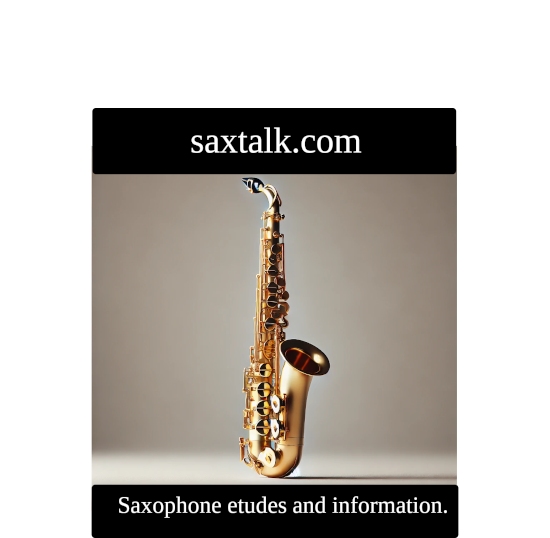Fully describe the range of the soprano, alto, tenor and baritone saxophone, both in concert pitch, and in native pitch.
Saxophones are transposing instruments, which means that the note written in the music is not the same as the note that sounds (concert pitch). The range for each type of saxophone can be described in both its native key (as it is written for the saxophonist) and in concert pitch (as it sounds to the listener). Here's a detailed description of the ranges for soprano, alto, tenor, and baritone saxophones:
Soprano Saxophone (in B♭):
- Native Range: B♭3 to F6 (extendable to F#6 and higher with altissimo)
- Concert Pitch Range: A♭3 to E♭6 (extendable to E6 and higher in concert pitch with altissimo)
Alto Saxophone (in E♭):
- Native Range: B♭3 to F6 (extendable to F#6 and higher with altissimo)
- Concert Pitch Range: G3 to D6 (extendable to D#6 and higher in concert pitch with altissimo)
Tenor Saxophone (in B♭):
- Native Range: B♭3 to F6 (extendable to F#6 and higher with altissimo)
- Concert Pitch Range: A♭2 to E♭5 (extendable to E5 and higher in concert pitch with altissimo)
Baritone Saxophone (in E♭):
- Native Range: B♭3 to F6 (extendable to F#6 and higher with altissimo; some models may start at A3)
- Concert Pitch Range: G1 (or F#1 for models with low A) to D4 (extendable to D#4 and higher in concert pitch with altissimo)
